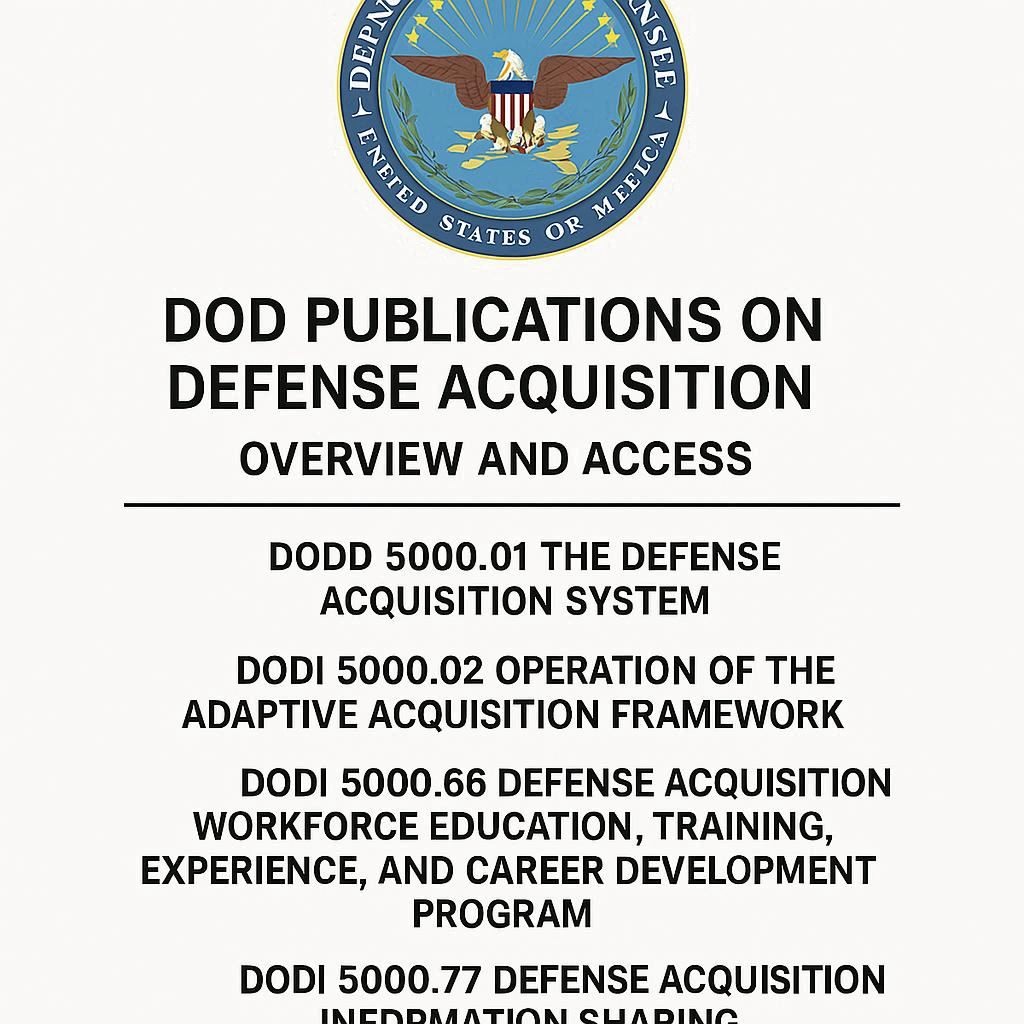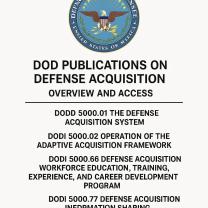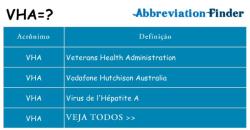What are the DoD publications on defense acquisition?
DoD Publications on Defense Acquisition: Overview and Access
The Department of Defense (DoD) produces a wide range of publications related to defense acquisition. These documents provide guidance, regulations, and policies for the acquisition of military systems, equipment, and services, ensuring that procurement processes are efficient, transparent, and compliant with federal law.
What Are DoD Publications on Defense Acquisition?
DoD publications on defense acquisition are official documents that outline the procedures, standards, and requirements for acquiring defense-related goods and services. They include manuals, instructions, directives, and handbooks that guide military and civilian personnel involved in the acquisition process.
Key Types of DoD Defense Acquisition Publications
DoD Instructions (DoDI)
Provide official policies and procedures for acquisition programs, including roles, responsibilities, and compliance requirements.DoD Directives (DoDD)
Establish long-term policies, objectives, and responsibilities for acquisition programs and procurement management.Defense Acquisition Guidebooks
Practical resources offering step-by-step guidance for managing acquisition programs, covering everything from planning and budgeting to contract execution.Manuals and Handbooks
Detailed references on specific acquisition processes, such as logistics, systems engineering, and program management.Federal Acquisition Regulations (FAR) & Defense Federal Acquisition Regulation Supplement (DFARS)
While FAR sets general rules for federal procurement, DFARS provides DoD-specific guidance and supplemental rules.
How to Access DoD Publications on Defense Acquisition
Official DoD Website: Many instructions, directives, and manuals are publicly available for download on the DoD Issuances website.
Defense Acquisition University (DAU): Offers access to training materials, guides, and acquisition reference resources.
Government Repositories: Some DoD publications are accessible through federal libraries, official repositories, and regulatory databases.
Why These Publications Matter
Understanding and following DoD acquisition publications is crucial for:
Ensuring compliance with federal procurement laws and regulations.
Effectively managing defense acquisition programs.
Supporting transparency, accountability, and cost efficiency in defense procurement.
DoD publications on defense acquisition serve as the backbone for effective military procurement and program management. Whether you are a program manager, contractor, or defense professional, familiarizing yourself with these publications ensures compliance, efficiency, and successful acquisition outcomes.
The Department of Defense (DoD) manages a vast and complex system for acquiring the technologies, systems, and services necessary to support the United States Armed Forces. This system is governed by an extensive body of publications, policies, and guidelines that ensure discipline, accountability, and efficiency in defense spending.
Here's a breakdown of DoD publications on defense acquisition:
Overview of DoD Publications on Defense Acquisition
DoD publications on defense acquisition comprise a hierarchical and interconnected set of documents that provide the framework for how the Department of Defense plans, programs, budgets, acquires, and sustains military capabilities. These publications range from high-level directives and instructions to detailed manuals, guidebooks, and handbooks.
The primary goal of these documents is to:
Guide the Acquisition Workforce: Provide discretionary best practices and mandatory procedures for acquisition professionals.
Ensure Compliance: Establish statutory and regulatory requirements for all acquisition activities.
Promote Efficiency and Effectiveness: Support responsive delivery of warfighting capabilities through streamlined yet disciplined processes.
Key overarching documents include DoD Directives (DoDDs), DoD Instructions (DoDIs), and DoD Manuals (DoDMs), which set forth the fundamental policies and detailed procedures. The Defense Acquisition Guidebook (DAG), though now being replaced by more tailored guidebooks aligned with the Adaptive Acquisition Framework (AAF), served as a comprehensive online reference for program planning and execution.
Key Policies and Guidelines Included
DoD acquisition publications encompass a wide array of policies and guidelines that cover the entire lifecycle of a defense program. Some of the key areas addressed include:
Adaptive Acquisition Framework (AAF): This framework, formalized in DoDI 5000.02 (now updated to reflect the AAF and its various "pathways" like Major Capability Acquisition, Software Acquisition, Urgent Capability Acquisition, etc.), provides different acquisition approaches tailored to specific program needs.
Program Management: Guidance on program planning, execution, risk management, cost estimation, and schedule control (e.g., DoDI 5000.85 Major Capability Acquisition, DoDI 5000.73 Cost Analysis Guidance and Procedures).
Product Support and Sustainment: Policies focused on maximizing competition, using performance-based strategies, and ensuring affordable sustainment throughout a system's life cycle (DoDI 5000.91 Product Support Management).
Engineering and Technology: Directives on digital engineering, intellectual property, and engineering of defense systems (DoDI 5000.88 Engineering of Defense Systems, DoDI 5000.97 Digital Engineering).
Test and Evaluation: Guidelines for developmental and operational testing, and live fire test and evaluation (DoDI 5000.89 Test and Evaluation, DoDI 5000.98 Operational Test and Evaluation).
Contracting Regulations: The Defense Federal Acquisition Regulation Supplement (DFARS) and its companion Procedures, Guidance, and Information (PGI) provide DoD-specific regulations that supplement the overarching Federal Acquisition Regulation (FAR). These cover contract types, negotiation procedures, and compliance requirements for contractors.
Cybersecurity for Acquisition: Policies ensuring cybersecurity is integrated into the acquisition process from inception (DoDI 5000.90 Cybersecurity for Acquisition).
Standardization: Policies promoting standardization of materiel, facilities, and engineering practices to improve readiness and reduce costs (DoD Instruction 4120.24, Defense Standardization Program (DSP)).
How Publications Affect Acquisition Processes
DoD publications exert a profound influence on every stage of the defense acquisition process:
Structure and Phasing: They define the phases and milestones of the acquisition lifecycle (e.g., Materiel Solution Analysis, Technology Maturation and Risk Reduction, Engineering and Manufacturing Development, Production and Deployment, and Operations and Support). Programs must obtain approval at specific milestones to proceed to the next phase.
Decision-Making: The publications establish the criteria and requirements for decision points, ensuring that programs are continually assessed for their affordability, cost, schedule, and performance. For instance, a program cannot proceed past Milestone A without an approved Initial Capabilities Document and an Analysis of Alternatives.
Accountability and Oversight: The formalized rules and reporting requirements create a system of oversight, involving internal DoD entities, Congress, and auditing organizations, to prevent problems like cost overruns and delays.
Standardization and Interoperability: Policies promote the use of common standards and interfaces, which is critical for ensuring that different military systems can work together effectively.
Risk Management: Publications guide program managers in identifying, assessing, and mitigating risks throughout the acquisition lifecycle.
Contracting and Procurement: The FAR and DFARS are legally binding regulations that dictate how contracts are awarded, managed, and executed, directly impacting the relationship between the DoD and its industry partners.
Compliance and Reporting Requirements
Compliance with DoD acquisition publications is mandatory for all personnel involved in the acquisition process, from program managers to contracting officers and industry partners. Key compliance and reporting requirements include:
Adherence to Directives and Instructions: All acquisition activities must strictly follow the policies and procedures outlined in DoDDs, DoDIs, and DoDMs.
FAR and DFARS Compliance: Contractors and government personnel must adhere to the Federal Acquisition Regulation (FAR) and the Defense Federal Acquisition Regulation Supplement (DFARS) in all contracting actions.
Recurring Program Reports: Major Acquisition Programs (MDAPs) and Major Automated Information Systems (MAIS) programs have recurring statutory and regulatory reporting requirements.
Modernized Selected Acquisition Reports (MSARs): These statutory reports provide Congress with quarterly updates on total program cost, schedule, and performance, including unit cost information and details on any cost or schedule breaches.
Defense Acquisition Executive Summary (DAES): Regulatory reports providing status updates on programs.
Certifications: Program managers and military department secretaries may be required to provide certifications regarding program requirements, funding adequacy, and the use of specific approaches like modular open systems.
Data Submission: Programs are required to input data into systems like the Defense Acquisition Visibility Environment (DAVE) and the Acquisition Information Repository (AIR) upon initial program identification.
Failure to comply with these requirements can lead to program delays, cost increases, and other adverse consequences.
Accessing and Using DoD Defense Acquisition Publications
DoD defense acquisition publications are primarily available online, making them accessible to the acquisition workforce, industry partners, and the public. Key resources for accessing and understanding these documents include:
Official DoD Issuances Website (esd.whs.mil/DD/DoD-Issuances/): This is the authoritative source for all official DoD Directives, Instructions, Manuals, and other issuances.
Defense Acquisition University (DAU) Website (www.dau.edu): DAU is a critical resource for the defense acquisition workforce. Its website provides:
Acquisition Policies Page: Direct links to the latest DoDIs and other functional and pathway-specific policies.
Research and Resources Section: Access to DAU publications, professional reading lists, licensed databases, and a vast "Knowledge Repository" with articles on various acquisition topics.
Acquisition Guidebooks: Updated guidebooks that align with the Adaptive Acquisition Framework.
Defense Acquisition Magazine and Research Journal: Periodicals featuring articles and research on acquisition.
Acquisition.gov (www.acquisition.gov/dfars): This site provides access to the Federal Acquisition Regulation (FAR) and the Defense Federal Acquisition Regulation Supplement (DFARS), including current changes and archives.
Defense Standardization Program (DSP) Website (www.dsp.dla.mil): Provides access to policy and guidance related to standardization, including the ASSIST database for searching military specifications and standards.
Federal Register (www.federalregister.gov): Publishes proposed and final rules from the Defense Acquisition Regulations System, offering insights into upcoming changes.
These online platforms provide robust search functionalities, allowing users to find specific documents by number, title, or keywords, and often offer multiple formats for download. They are essential tools for anyone involved in or interested in the DoD's acquisition processes.











